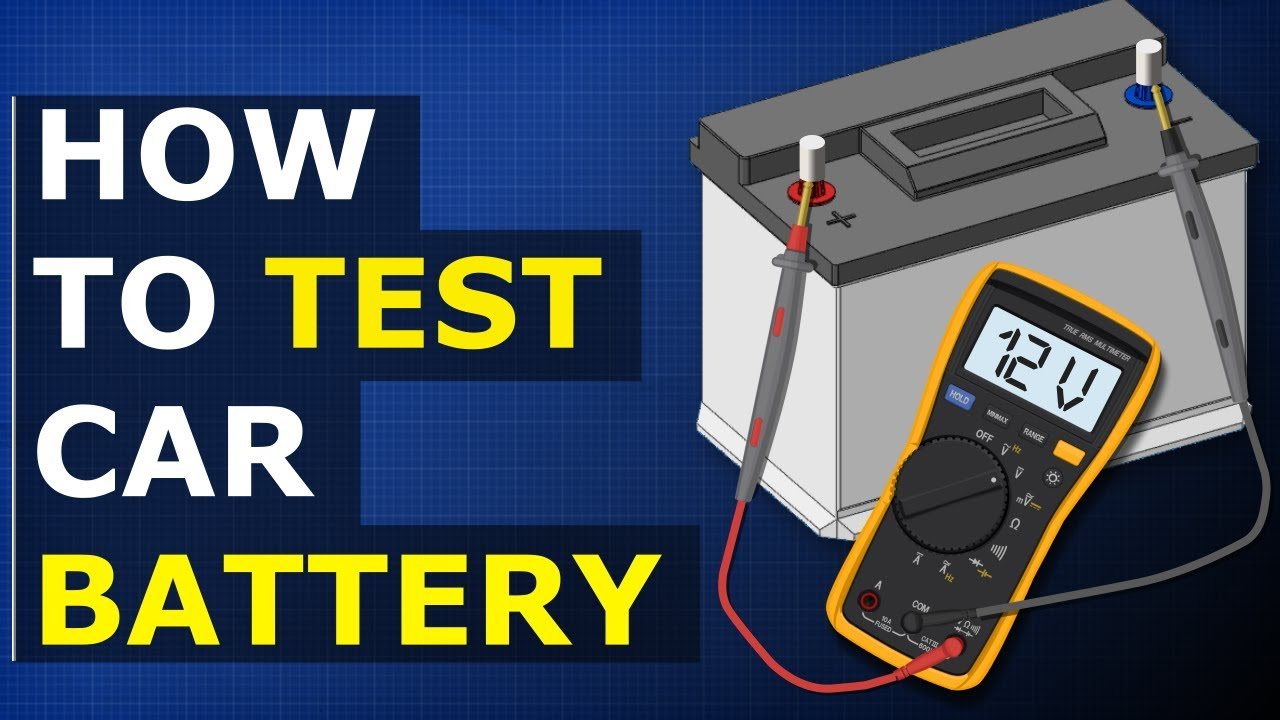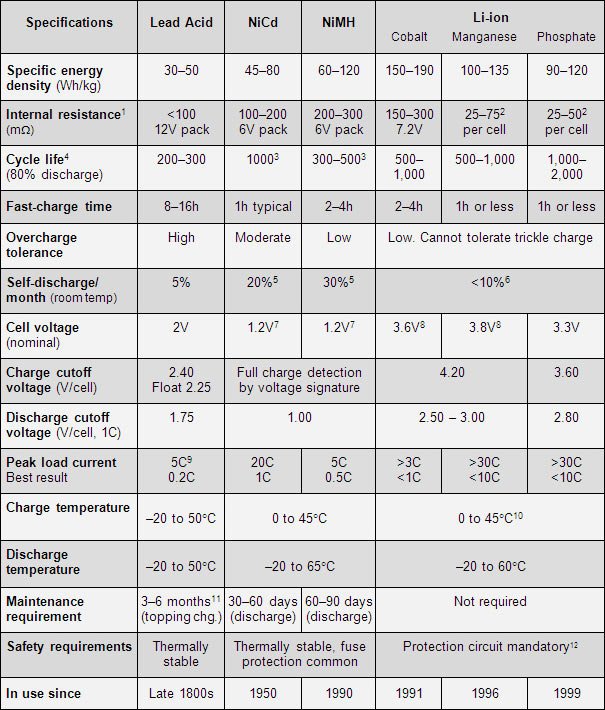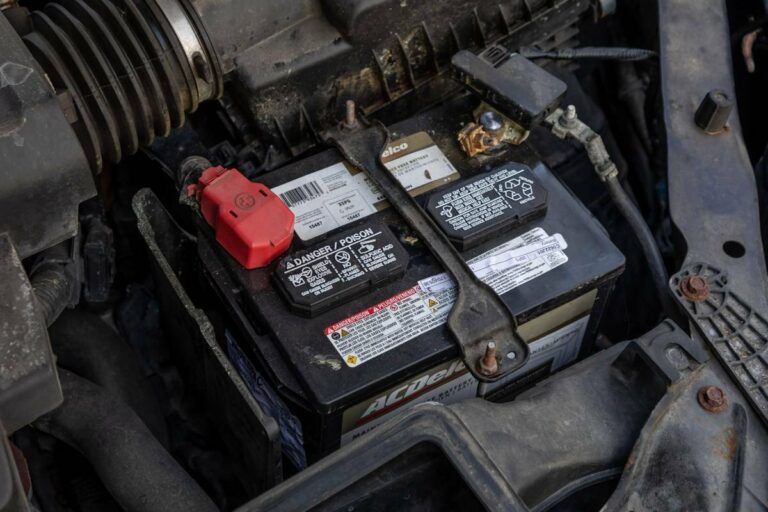Mastering Car Battery Testing: How To Measure Full Charge Capacity?
Curious about how to test a car battery’s full charge capacity? Well, worry no more! This article will guide you through the process, step-by-step, ensuring that you have all the information you need to assess your battery’s performance. Whether you’re experiencing issues with your car’s electrical system or simply want to stay on top of maintenance, understanding your battery’s charge capacity is essential. By the end of this article, you’ll be equipped with the knowledge to determine the health of your car battery and take necessary action. So, let’s dive in and explore how to test a car battery’s full charge capacity!
How to Test a Car Battery’s Full Charge Capacity?
Testing a car battery’s full charge capacity is crucial to ensure optimal performance and avoid unexpected breakdowns. A battery’s capacity refers to its ability to store and deliver electrical energy. Over time, car batteries can lose their capacity due to various factors, such as age, temperature, and usage patterns. Testing the full charge capacity helps determine whether a battery can provide enough power to start the engine reliably and run the vehicle’s electrical systems.
In this comprehensive guide, we will explore different methods and tools for testing a car battery’s full charge capacity. We’ll cover the significance of capacity testing, explain the testing process, and discuss common battery issues. So let’s dive in and learn how to keep your car’s battery in top shape.
1. Why Test a Car Battery’s Full Charge Capacity?
Regularly testing a car battery’s full charge capacity is essential for several reasons:
- Prevent Unexpected Breakdowns: By assessing the battery’s capacity, you can identify potential issues before they lead to a complete failure.
- Optimize Battery Performance: Determining the battery’s full charge capacity helps ensure it is operating at its peak efficiency.
- Extended Battery Life: Monitoring the battery’s capacity enables you to take timely actions, such as recharging or replacing the battery, to prolong its lifespan.
Common Signs of Battery Issues:
Before diving into testing methods, it’s helpful to recognize some common signs that may indicate a battery problem:
- The engine cranks slowly or struggles to start.
- Dashboard warning lights, such as the battery or check engine light, illuminate.
- Dim headlights or interior lights.
- Electrical components, such as the radio or power windows, operate poorly.
If you observe any of these signs, it may be time to test your car battery’s full charge capacity.
2. Tools for Testing a Car Battery’s Full Charge Capacity
To accurately test a car battery’s full charge capacity, you’ll need a few essential tools:
- A Multimeter: This versatile device measures voltage, current, and resistance. It is crucial for testing a car battery’s voltage.
- A Battery Load Tester: This specialized tool applies a load to the battery and measures its performance under simulated real-life conditions.
- A Battery Hydrometer: For traditional lead-acid batteries, this tool measures the specific gravity of the electrolyte fluid, providing insights into the battery’s state of charge.
- A Battery Analyzer: This advanced device performs comprehensive battery tests, including capacity measurement, internal resistance, and voltage drop analysis.
Make sure to have the necessary tools on hand before proceeding with the testing process. It’s important to note that some testing methods require specific tools, while others may involve using multiple tools for a more comprehensive assessment.
3. Testing a Car Battery’s Full Charge Capacity: Step by Step
Now let’s walk through the process of testing a car battery’s full charge capacity step by step. We’ll cover two common methods: voltage testing and load testing.
Voltage Testing
Voltage testing provides a quick and straightforward measurement of the battery’s charge level. Here’s how you can perform a voltage test:
- Ensure the vehicle is turned off and the engine is cool.
- Locate the battery and inspect it for any physical damage or corrosion. If necessary, clean the battery terminals with a wire brush.
- Set your multimeter to the DC voltage setting and ensure it’s calibrated correctly.
- Connect the multimeter’s positive (red) probe to the positive battery terminal and the negative (black) probe to the negative terminal.
- Read the voltage displayed on the multimeter. A fully charged battery typically measures around 12.6 volts or higher.
- Now compare the measured voltage with the manufacturer’s specifications. If the voltage is significantly lower, it may indicate a weakened battery.
Load Testing
While voltage testing provides a basic assessment of the battery’s charge level, load testing simulates real-life conditions by applying a load to evaluate the battery’s capacity. Here’s how you can perform a load test:
- Turn off the vehicle and ensure the engine is cool.
- Connect the battery load tester’s positive (red) clamp to the positive battery terminal and the negative (black) clamp to the negative terminal.
- Follow the load tester’s instructions to select the appropriate settings for your battery. This may include specifying the battery type (e.g., AGM, lead-acid) and the testing parameters.
- Activate the load tester and monitor the results. The tester will provide a reading indicating the battery’s performance under load.
- Compare the obtained test result with the battery’s specifications. If the measured capacity falls significantly below its rated capacity, it may indicate a weak battery.
4. Common Car Battery Issues
Testing a car battery’s full charge capacity can help identify various issues that affect its performance. Some common battery problems include:
Sulfation
Sulfation occurs when sulfate crystals build up on the battery plates, reducing its capacity and preventing efficient charge/discharge cycles. It often happens due to prolonged periods of inactivity or undercharging. Regular capacity testing can help detect sulfation and prompt appropriate action, such as using a desulfator or replacing the battery.
Corrosion
Corrosion on the battery terminals and cables can hinder the flow of electrical current. It’s vital to clean the terminals regularly and ensure a secure connection to maintain optimal battery performance. Capacity testing can reveal if corrosion is affecting the battery’s charge capacity.
Internal Resistance
Increased internal resistance within the battery can lead to voltage drops under load. Capacity testing, coupled with internal resistance measurement, can provide a comprehensive assessment of the battery’s health and identify any internal issues.
Age and Wear
Car batteries have a limited lifespan. As they age, their capacity diminishes, making them more prone to failure. Regular capacity testing as the battery ages helps determine when a replacement is necessary to avoid unexpected breakdowns.
Testing a car battery’s full charge capacity is a vital maintenance task that can save you from unexpected breakdowns and optimize your vehicle’s performance. By following the steps outlined in this guide and using the appropriate tools, you can ensure your battery is in top shape. Remember to monitor your battery regularly and take necessary actions, such as recharging or replacing, to maintain optimal performance. A healthy battery ensures a smooth and reliable driving experience. Take charge of your car’s battery health today!
How to Test a Car Battery with a Multimeter
Frequently Asked Questions
How can I test a car battery’s full charge capacity?
To test a car battery’s full charge capacity, you can follow these steps:
What equipment do I need to test a car battery’s full charge capacity?
You will need a voltmeter or a multimeter to measure the voltage of the battery.
How do I prepare for testing a car battery’s full charge capacity?
Before testing the battery, ensure the vehicle is turned off and in park. Make sure all lights and electronics are turned off as well.
What is the procedure for testing a car battery’s full charge capacity?
Connect the positive (red) probe of the voltmeter to the positive terminal of the battery and the negative (black) probe to the negative terminal. Record the voltage reading.
What should the voltage reading indicate for a fully charged battery?
A fully charged battery should read around 12.6 to 12.8 volts. If the reading is significantly lower, it may indicate a weak or discharged battery.
What should I do if the battery’s voltage reading indicates a problem?
If the voltage reading is below the expected range, you may need to recharge or replace the battery. It is recommended to consult a professional if you are uncertain about the battery’s condition.
How often should I test my car battery’s full charge capacity?
It is a good practice to test your car battery’s full charge capacity at least once a year, preferably before extreme weather conditions or long trips.
Final Thoughts
In conclusion, testing a car battery’s full charge capacity is essential for maintaining optimal performance and avoiding unexpected breakdowns. By conducting regular tests using a multimeter or a battery load tester, car owners can assess the battery’s ability to hold a charge and identify any potential issues. Monitoring the battery’s voltage and conducting a load test can help determine its overall health and provide insight into its remaining lifespan. Therefore, understanding how to test a car battery’s full charge capacity is vital for ensuring reliable and efficient vehicle operation.



